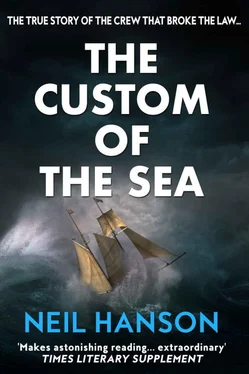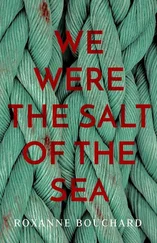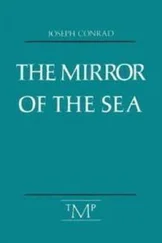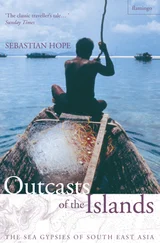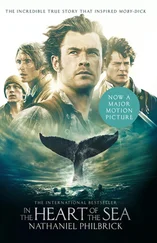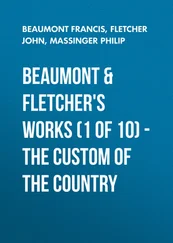There were animal curiosities — exotic species like lions, elephants or ‘cameleopards’ — giraffes — but the greatest public appetite was for human oddities. ‘Monsters’ with a physical deformity, such as the Elephant Man, dwarfs, albino Negroes, bearded ladies and children, giants and giantesses, Siamese twins, people with skin disorders, hermaphrodites and Wild Men were among the most popular exhibits.
Freaks became so central to the financial well-being of these travelling fairs that attractions were often subsidized by the rest of the showmen. In winter, when virtually no fairs — other than ice fairs — were held, freaks were exhibited in a rented room of a shop or tavern.
Travelling shows continued to tour the country and often attached themselves uninvited to attractions such as the Great Exhibition of 1851, but the urbanization of the population as a result of the Industrial Revolution provided a ready audience for larger, more permanent attractions — dime museums in the US and the English penny museums and curiosity shops characterized by Dickens.
At a time when theatres were regarded as little more than brothels with entertainment, the penny museums found a way to evade local bylaws that prohibited lewd or indecent displays by pretending to an educational status that few deserved. Some had a genuinely educative role, but in most cases, like John Burton’s Falmouth shop, they were simply collections of animate or inanimate curiosities, described in pseudo-scientific terms such as ‘The connecting link between man and brute creation’.
Fashionable fringe theories, like ‘maternal impression’, were also used to justify the display of abnormalities: a ‘lion-faced’ boy’s father had been mauled to death in front of his mother, for example, and a pair of Siamese twins had been caused by the mother seeing a pair of post-coital dogs unable to separate.
The largest museums, like Madame Tussaud’s in London or P. T. Barnum’s in New York, became true mass entertainments. Barnum’s vast American Museum was the biggest public attraction in New York, so large that families would bring packed lunches and spend all day there.
Even the middle and upper classes were not immune to the appeal of the new museums. The most famous attractions were visited by society figures and private showings were often arranged. Queen Victoria met Tom Thumb and his bride on three separate occasions and P. T. Barnum commissioned a miniature version of her own state coach from the royal coachbuilders. The Thumbs travelled in it to their Barnum-orchestrated wedding in 1863 and a report of the nuptials occupied a full page of the New York Times . The Queen also received the ‘tallest couple alive’ at Buckingham Palace on the eve of their wedding in 1871 and gave the bride-to-be a diamond ring and a wedding dress.
To feed the public frenzy for ever newer and stranger curiosities, freak hunters roamed the country and the furthest reaches of the Empire. Some attractions were recruited as adults, others — children and even babies — were bought from their parents. Annie Jones, ‘the most marvellous specimen of hirsute development since the days of Esau, 3,700 years ago’, was first exhibited as ‘The infant Esau’ at just twelve months old.
Attractions were advertised on huge painted banners, posters and handbills, and by barkers outside the entrance, using unequalled heights of hyperbole.
The greatest, most astounding aggregation of marvels and monstrosities… looted from the ends of the earth, from the wilds of darkest Africa, the miasmic jungles of Brazil, the mystic headwaters of the Yan-tse Kiang, the cannibal isle of the Antipodes, the frosty slopes of the Himalayas, and the barren steppes of the Caucasus… a refined exhibition for cultured ladies and gentlemen… The most prodigious paragon of all prodigies in over fifty years. The crowning mystery of Nature’s contradictions, the incarnate Paradox before which Science stands confounded and blindly wonders.
A flimsily clad snake-charmer would often act as a lure, invariably on the promise that ‘more would be revealed inside’. Sometimes the peculiarities of the attractions were genuine, more often they were exaggerated or completely bogus.
Every aspect of their lives was also fictionalized. Kings, queens, princes and princesses abounded, and wives and children of normal appearance were invented to emphasize the abnormality of the attraction. ‘Darkest Africa’ and ‘The Cannibal Islands’ were frequently cited origins, but some freaks were given an even more ludicrous provenance. Two albino brothers were presented at one freak show as ‘Ambassadors from the Planet Mars’.
Wild Men usually appeared bound in chains ‘for the protection of the audience’. Since the only qualification was long hair and dirtiness, they were easily come by and were at the bottom of the freak-show hierarchy, often alcoholics working for no more wages than rotgut alcohol and a roof over their heads.
White Europeans taking on the inward and sometimes outward markings of ‘primitive men’ also became great attractions in their own right. John Rutherford became a freak-show celebrity in 1828 by claiming to have been held prisoner by the New Zealand Maori for six years, forcibly tattooed all over his body and compelled to marry the chief’s thirteen-year-old daughter, with whom he had three children.
The later, and somewhat prosaic, revelation that he was already married with a family in the UK, and had jumped ship in New Zealand in order to live with a Maori woman and had chosen to be tattooed did little to dent his popularity as an exhibit.
Tattooed Europeans soon became another freak-show staple. Tattoos had connotations of sexuality and criminality, which increased the vicarious excitement of seeing them, especially to women. By exhibiting their body art, they were able to show their legs and thighs to paying customers, a display that would otherwise have been banned as lewd and immoral.
Since it was easy to acquire tattoos — there were tattooing parlours in every seaport — competition between rival freaks and freak shows became intense. After the attractions of tattooed men and women began to pale, tattooed children, dwarfs and fat ladies appeared. There was also a tattooed legless man and a tattooed knife-thrower on the freak-show circuit, and Coney Island even had a tattooed cow.
In addition to enhancing and faking the exhibits, freak-show operators were not above other sharp practices such as short-changing, rigging games of chance, advertising non-existent attractions and licensing their crowded stalls and alleys to teams of pickpockets. Gulling the public was so profitable that employees in ticket booths were routinely unpaid and sometimes even had to pay their employer for the privilege of working for him. They earned their living by cheating the public.
Violent scuffles broke out between duped marks and freak-show employees, and local newspapers often ended their account of the fair with a body-count of people robbed or injured.
By the middle of the century most museums and freak shows also incorporated live shows, in which the attractions would perform either in tableaux vivants or full-scale productions, even including song-and-dance routines. Barnum’s American Museum included a chandeliered ‘lecture hall’ — an auditorium for live shows capable of holding three thousand people.
Freaks acquired from their parents as children were groomed for stardom, and a pair of Siamese twins earned great celebrity as the ‘Singing Nightingales’. Some freaks were even managed by a relative, using their misfortune to make a living.
Like Ned Brooks, most attractions were required to produce some performance. Wild Men paced up and down, growled at the audience, gnawed on bones, ate raw meat or bit the heads off live chickens or rats, but the crowds would also be entertained by fire-eaters, sword-swallowers and snake-handlers — invariably scantily clad women.
Читать дальше
